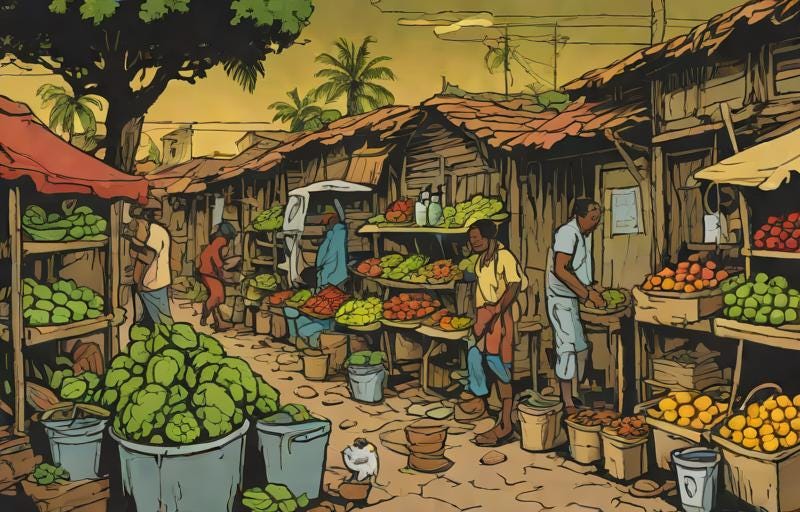Food and nutrition insecurity in developing countries
How do we mitigate the effects of rising food prices?
The issue
In most of the world, food inflation currently exceeds overall inflation. This is alarming as estimates suggest that a 5 percent rise in food prices increases the risk of wasting by 9 percent. Hence, volatility in food prices has raised concern about nutrition and food insecurity in developing countries. Research in this area thus seeks to understand the contributing factors, well-being implications, and potential solutions to these insecurities.
Nutrition Insecurity
Research suggests that stunting reduces per capita income by 5-7 percent in developing countries. This disproportionately affects developing economies, which account for 90 percent of stunted children worldwide. One solution to this is the use of small-quantity lipid-based nutrient supplements (SQ-LNS). This is supported by a recent meta-analysis which reveals that SQ-LNS reduces severe child stunting by 17 percent. However, these supplements are designed to be integrated alongside other nutrition interventions. As such, package interventions,1 spanning breastfeeding education to nutritional supplements, are likely better investments. A recent study estimates that a package of 10 nutrition interventions in developing countries had a 17 percent rate-of-return. Not only is this a significant economic return, but it also suggests high returns for child health and well-being.
Food Insecurity
In Ethiopia, researchers find that participating in the country’s flagship social protection program reduced the adverse impacts of COVID-19 on households. Unlike non-beneficiary households that experienced high rates of food insecurity, beneficiary households were only 2.4 percentage points more likely to become food insecure during the pandemic. Beneficiaries were also less likely to reduce expenditure on other necessities such as health, education, and agricultural inputs. A similar study in Ethiopia discovers that an ultra-poor graduation program,2 which included nutrition interventions, significantly reduced food insecurity experienced by households during droughts. These programs demonstrate the importance of both cash and non-cash interventions in reducing food insecurity among the most vulnerable.
Conclusion
While food prices remain volatile, there will be a growing need for innovative approaches to enhance food and nutrition security in developing countries. This is especially urgent given that these economies are highly dependent on agriculture, which is increasingly vulnerable to climate shocks. Moving forward, cash assistance alone may be insufficient to fill these food gaps. Instead, local populations will likely require continuous programming on nutrition practices to fulfill their food needs.
A package intervention refers to multiple interventions being delivered at once.
A graduation program entails multiple interventions being delivered sequentially.


